Art Fairs
6 Dazzling Works at the ADAA’s Art Show, From Maira Kalman’s Gertrude Stein Portraits to Art Made Out of Saran Wrap
Here are some of our favorite stands at this year's edition of the fair.

Here are some of our favorite stands at this year's edition of the fair.

Artnet News

The Art Show at the Park Avenue Armory is New York’s jewel-box art fair, where dealers come to present some of their finest, most precious wares. This year is no exception, with 72 booths full of surprising gems. Here are a few works you don’t want to miss.
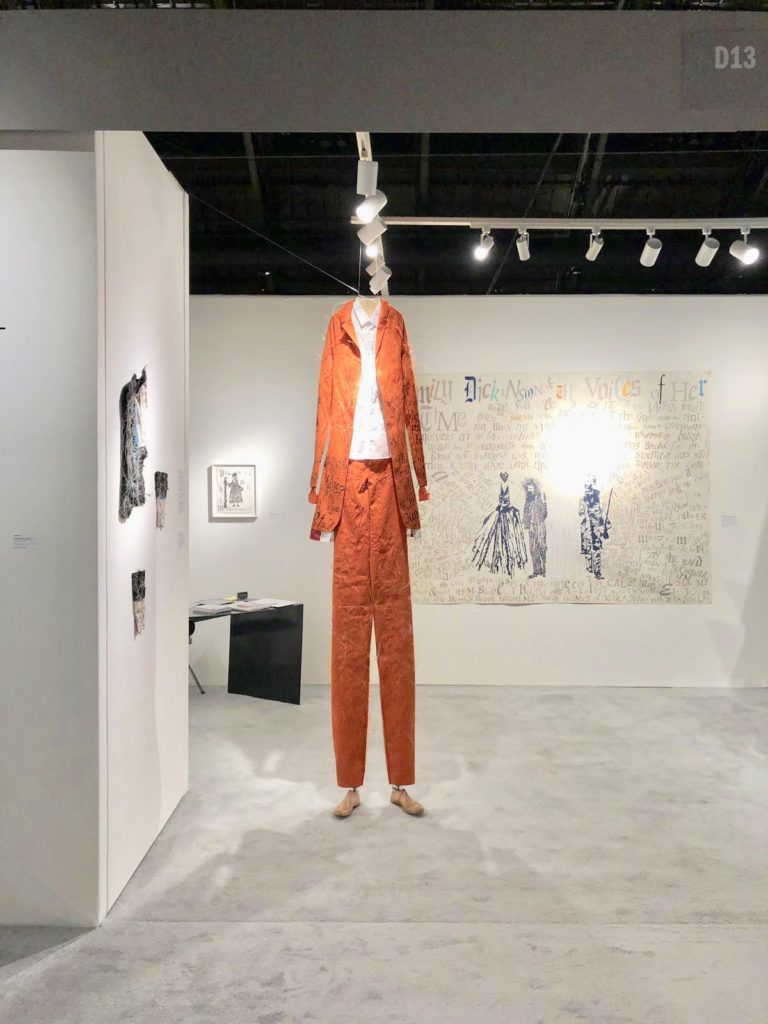
Lesley Dill, Wanderer / Walt Whitman (1819-1892), 2017. Image courtesy of Nohra Haime Gallery.
Booth: Nohra Haime Gallery
What It Costs: $100,000
Why It’s Special: Part of a series dedicated to indelible voices from the early days of the American republic, Lesley Dill’s outsize sculpture literally and figuratively expands the legacy of Walt Whitman. The artist used needle, thread, horsehair, and oil stick to emblazon Whitman’s words onto a burnt orange suit, white shirt, and leather shoes lording over the booth. In Dill’s conception, her process makes the object something more than an artwork or an imaginative literary record; it makes it a kind of spiritual vessel. “The sculpture embodies the poet,” says gallery director Leslie Garrett. Be sure to closely examine the back side of the work: what at first looks like a free-form tangle of orange horsehair actually spells out Whitman’s writings.
—Tim Schneider
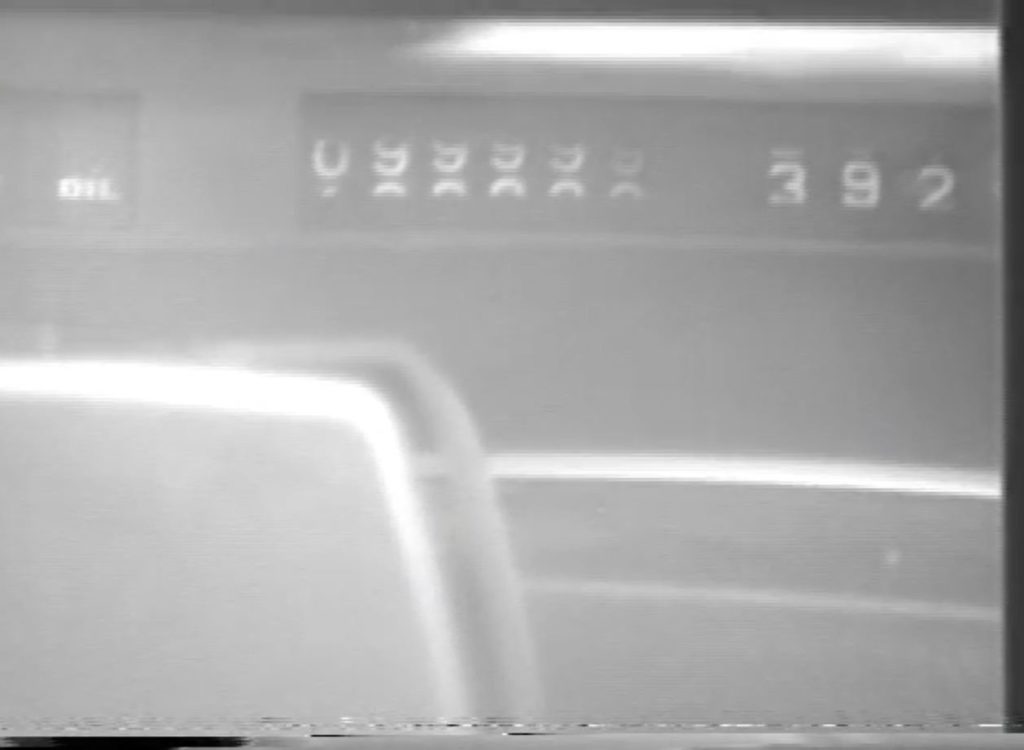
Morgan Fisher, Turning Over (1975). Image courtesy of Bortolami.
Booth: Bortolami
What It Costs: $12,000 (for one, from an edition of 10)
Why It’s Special: Morgan Fisher’s 15-minute recording from 1975 prefigures YouTube and live-streaming by about 40 years. Shot from the backseat of a car by a friend, the video captures the tongue-in-cheek “drama” of Fisher driving as his mechanical odometer turns over from 99,999 to 100,000 miles. Fisher’s droll narration acknowledges and undercuts the suspense of such a mundane milestone: with a fraction of a mile to go, he deadpans that he still can’t assume the car will make it because “the engine might suddenly explode, or I might drive over a precipice here.” The result is a brilliant microcosm of Fisher’s interest in durational filmmaking, and an all-too-prescient vision of the way Instagram Stories, constant connectivity, and our ridiculous self-obsessions drive us to communicate in the social-media age.
— Tim Schneider
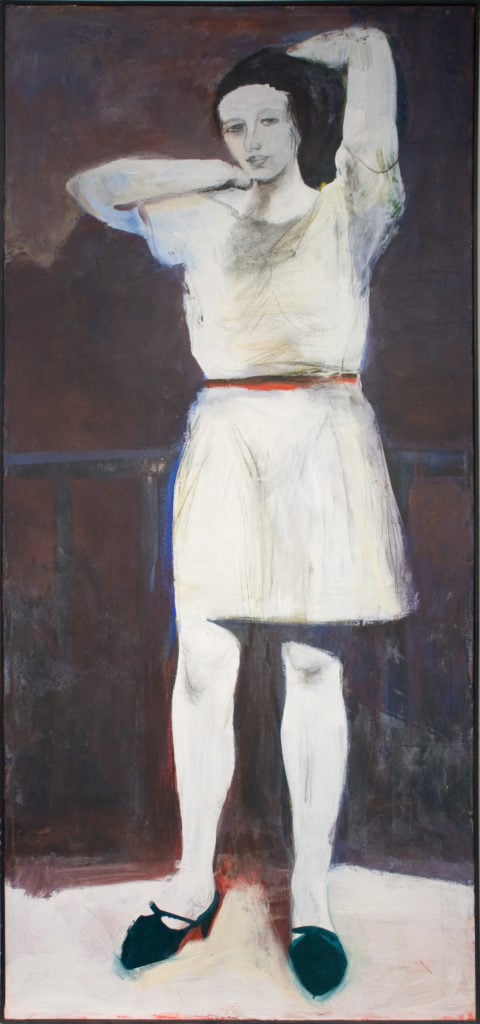
Elmer Bischoff, Girl with Arms Raised (1967). © The Estate of Elmer Bischoff. Image courtesy of George Adams Gallery.
Booth: George Adams Gallery
What It Costs: $400,000
Why It’s Special: Along with David Park and Richard Diebenkorn, Elmer Bischoff was a key figure in what became known as Bay Area Figuration. The three artists were among the first mini-wave of West Coast Abstract Expressionist painters to make what was considered, at the time, a radical shift to representational painting. This eye-catching portrait, painted towards the end of Bischoff’s figurative phase in the late 1960s, immediately evokes Picasso’s moody harlequin paintings. The full-length portrait is featured prominently on the exterior of George Adams’s booth at the Art Show, and serves as the perfect anchor for the gallery’s presentation of a wide range of Bischoff’s figurative painting.
—Eileen Kinsella
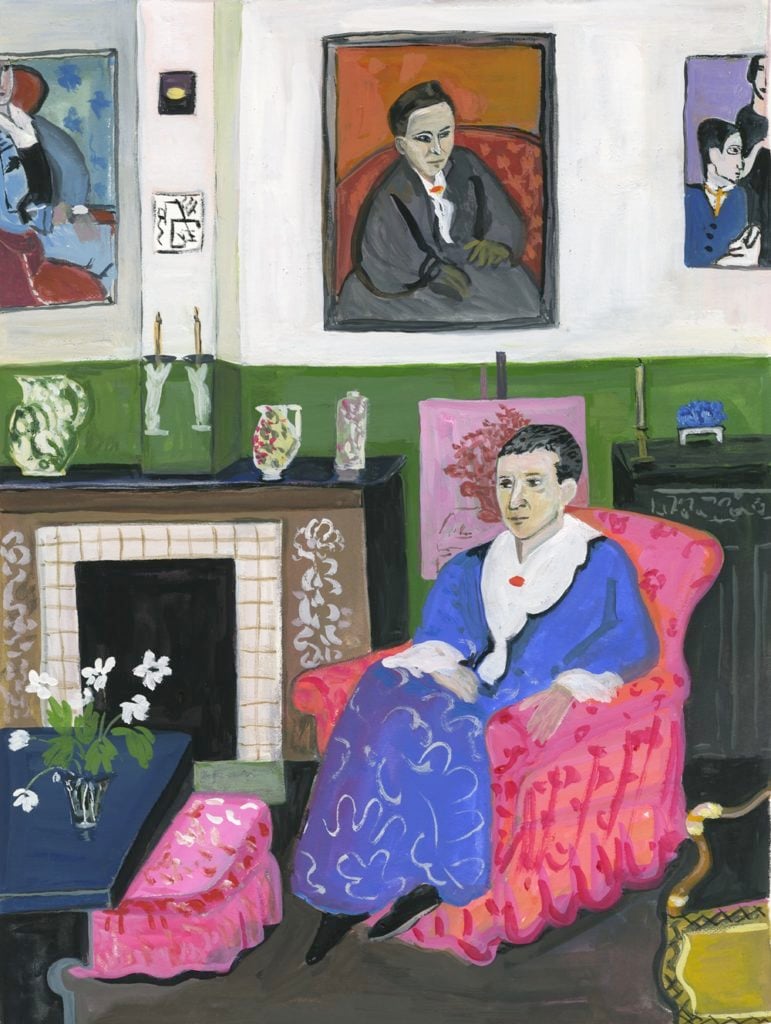
Maira Kalman, Gertrude in the Living room (2019). Image courtesy of the artist and Julie Saul Gallery.
Booth: Julie Saul Gallery
What It Costs: $12,000
Why It’s Special: Beloved New Yorker illustrator Maira Kalman will realize a long-awaited dream next year when the publisher Penguin releases her illustrated version of The Autobiography of Alice B. Toklas, the legendary book by American expat writer and art collector Gertrude Stein. In the meantime, visitors to the Art Show can delve into a delightful suite of Kalman’s original gouaches, hung semi-salon style in Julie Saul’s booth. A depiction of Gertrude Stein in her living room chair, with the furniture rendered by Kalman in brilliant pink, is particularly charming and resonant, and involves multiple layers of art history: just above Stein is the famous portrait of the writer painted by her friend Pablo Picasso, one of the main artists she championed and patronized early on.
—Eileen Kinsella
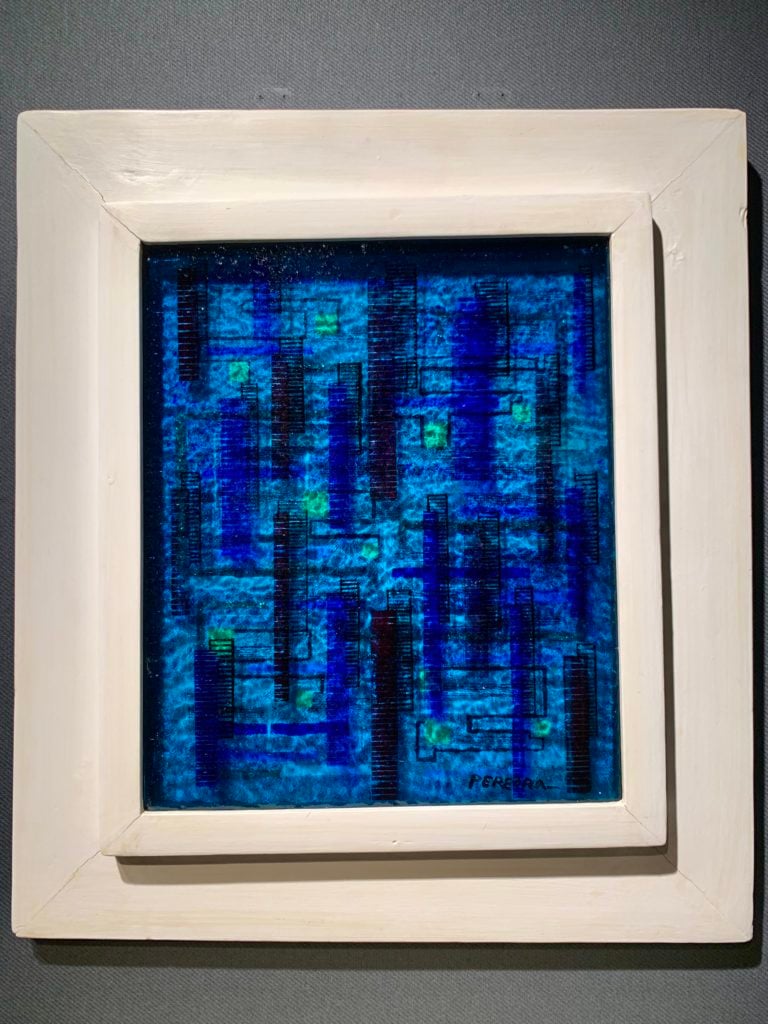
Irene Rice Pereira, Three-Dimensional Composition in Blue (circa 1940). Photo by Sarah Cascone.
Found at: Hirschl & Adler Galleries
What It Costs: $65,000
Why It’s Special: Irene Rice Pereira’s work is part of Hirschl & Adler’s presentation of American women Modernists, featuring artists such as Mary Cassatt and Judy Chicago. “These women really fought long and hard in what was, throughout most of the 20th century, a man’s world in the art business,” the gallery’s senior vice president, Eric W. Baumgartner, tells artnet News. “When [Pereira] started making a name for herself she decided, ‘well, let’s keep the Irene quiet.’ She became I. Rice Pereira—very ambiguous.” The gallery is showing a pair of her glass and board compositions, unique collage-like works with painted layers of glass in a handmade wooden frame. “These were given to the photographer Berenice Abbot, who worked with Man Ray,” Baumgartner says, pointing to a handwritten inscription on one of the works. “Pereira was obviously a better painter than a woodworker because this one’s a little lopsided, but it gives it, I think, a lot of charm.”
—Sarah Cascone
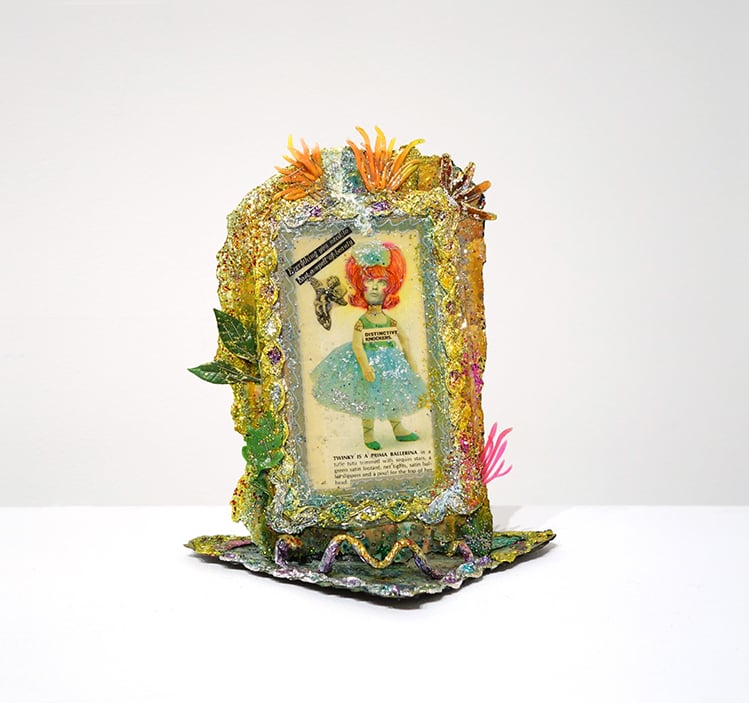
Thomas Lanigan-Schmidt, Twinky as Prima Ballerina (Self-Portrait) (1968). Photo courtesy of Pavel Zoubok Fine Art.
Found at: Pavel Zoubok Fine Art
What It Costs: $15,000
Why It’s Special: In honor of the 50th anniversary of the 1969 Stonewall riots, Pavel Zoubok’s booth is dedicated to one of the rebellion’s participants, Thomas Lanigan-Schmidt, a pioneer of humble, every day materials such as aluminum foil, cellophane, and Saran wrap. A trio of “Twinkie Self-Portraits” feature linoleum tile taken from the floor of his New York City apartment, and photographs he took of himself in photo booths, which he collaged over to outfit himself in elaborate dresses and gowns to express themes of gender fluidity long before there was a term for it. “He used everything,” gallery director Kris Nuzzi tells artnet News, pointing to plastic fish-tank coral adorning the works. “His apartment was art, everything was art.”
—Sarah Cascone